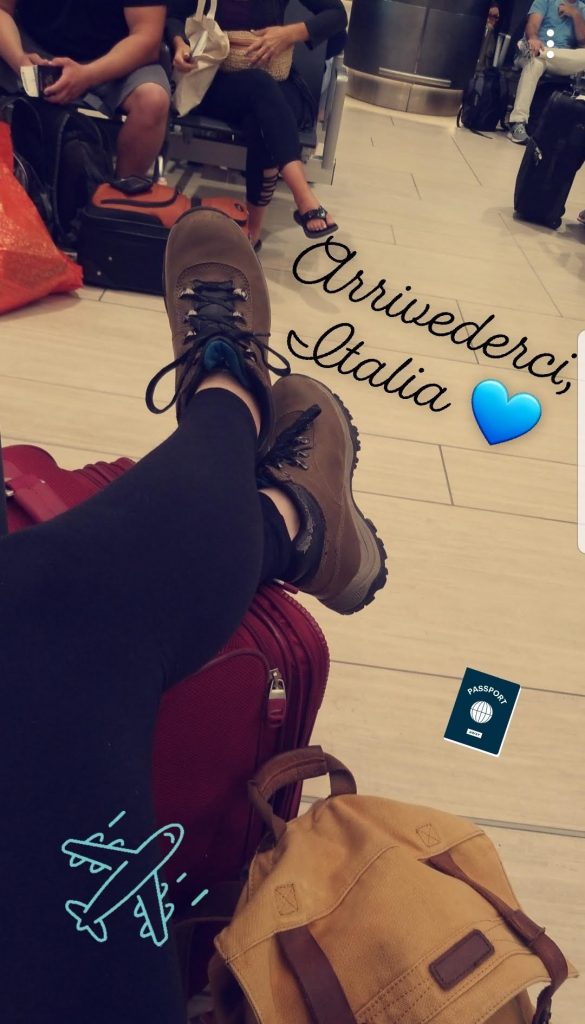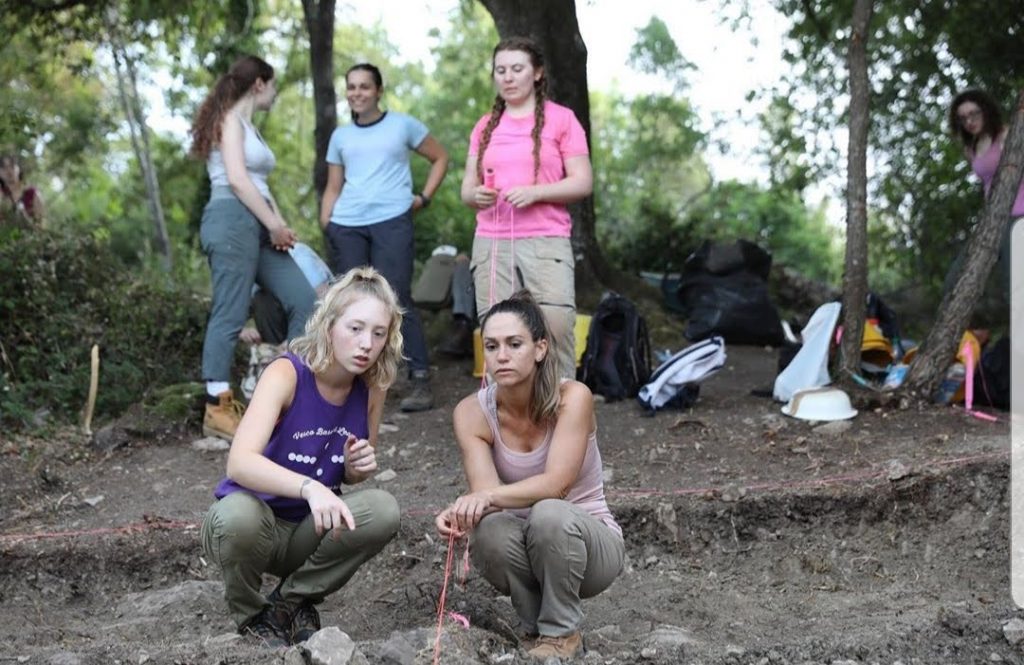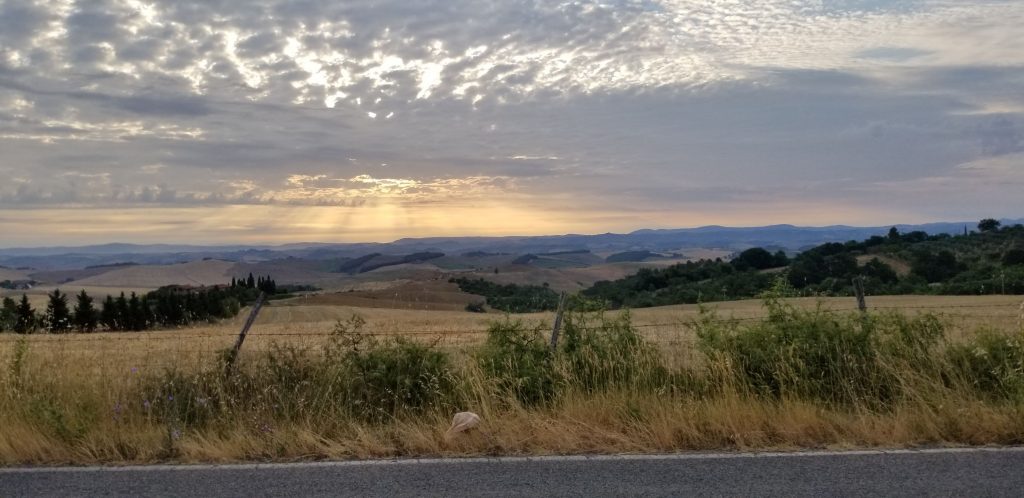My study abroad experiences in Jordan was an intensive Arabic language study program. I was constantly immersed in the language by living in the culture and speaking with my homestay family throughout the day. My Arabic progressed the most during my Arabic classes that I would have for twenty-five hours per week. The fast pace of the program allowed for me to advance a semesters worth of Arabic within two months.
My professor was a kind and patient Jordanian man who made the class very challenging, yet I left everyday inspired to keep studying and learning more. I was supported by all of the language professors and grew in my skills from all of their help and patience. My class specifically was the advanced class where we focused a great deal on fluency in speaking and comprehension as well as grammar. In addition to studying Modern Standard Arabic, my class spent an hour a day learning the colloquial language in Jordan.
 Roman Citadel in Amman
Roman Citadel in Amman
My program went on excursions to practice our Arabic in real world experiences and to push us out of our comfort zones. We had to complete a scavenger hunt in the downtown of Amman, we visited the Baptism Site of Jesus, the dead sea, Jerash (which is the most preserved Roman city in the world), Petra, the Red Sea and Wadi Rum. We were required to complete essays after each experience and be able to speak about it fluently. We were also required to speak the language throughout each excursion.
 Learning traditional cooking with a Bedouin woman
Learning traditional cooking with a Bedouin woman
I feel so blessed and grateful to have learned so much from a language and culture that I am extremely passionate about. I will use this experience to aid in my greater study of the Arabic language. I also am keeping in touch with my homestay family and friends from Jordan to constantly practice.

 My homestay family
My homestay family My homestay family and I at one of the two weddings I attended
My homestay family and I at one of the two weddings I attended Leaving the Roma Airport
Leaving the Roma Airport Working in the Field
Working in the Field Arriving
Arriving



